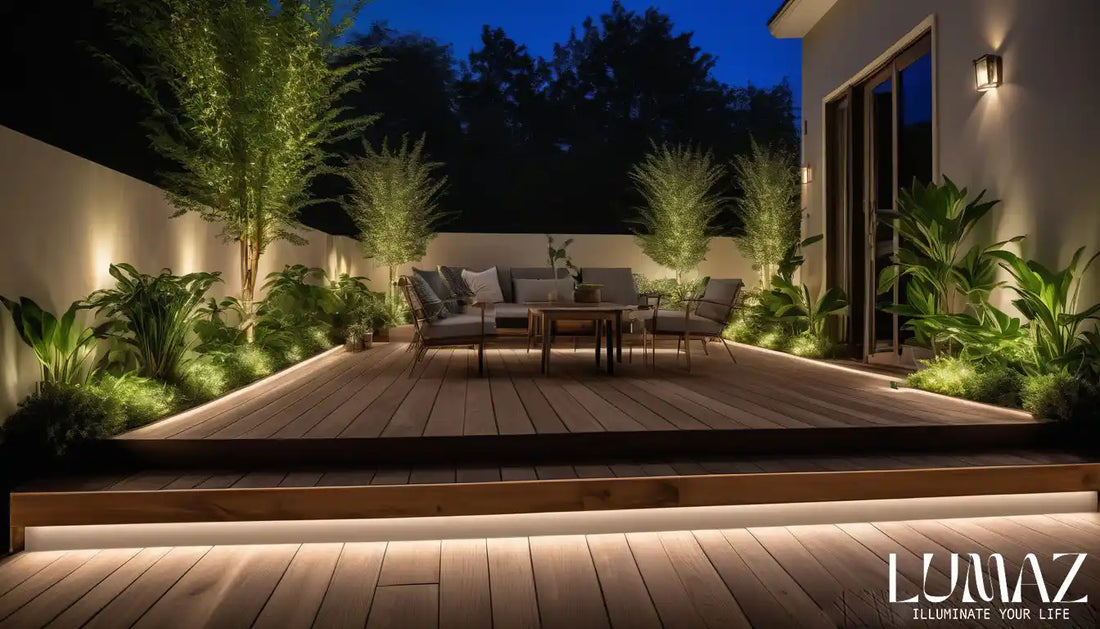
How to Choose Permanent Outdoor Lights: Types, Pros & Cons, and Installation Guide
Share
Table of Contents
- What Are Permanent Outdoor Lights?
- Types of Permanent Outdoor Lights
- Pros and Cons of Permanent Outdoor Lights
- How to Choose the Right Permanent Outdoor Lights
- Installation and Maintenance of Permanent Outdoor Lights
- Conclusion
What Are Permanent Outdoor Lights?
100FT 60 LED Permanent Outdoor Eaves LED Lights Waterproof RGB Christmas String Lights
Permanent outdoor lights refer to a type of lighting system designed for long-term installation on the exterior of buildings, often under eaves or along rooftops. These lights are commonly used for festive decorations, like Christmas lights, but can also enhance the aesthetics of a home year-round.
Unlike temporary holiday lights that need to be taken down and stored after use, permanent outdoor lights are meant to stay up all year. They're typically hardwired into the electrical system, offering convenience and a clean look. The main appeal of these lights is their ability to provide continuous, effortless decoration for holidays, special events, or even daily outdoor ambiance.
Types of Permanent Outdoor Lights
When it comes to permanent outdoor lighting, there are several types, each with unique benefits. Let's break them down:
| Type of Light | Description | Pros | Cons |
|---|---|---|---|
| LED String Lights | Energy-efficient, available in various colors and designs. Common for holiday décor. | Long lifespan, low energy use. | Higher upfront cost. |
| Incandescent Lights | Traditional light bulbs, often used for classic Christmas displays. | Warm, nostalgic glow. | Less energy-efficient, burns out faster. |
| Solar-Powered Lights | Powered by solar panels, ideal for eco-conscious homeowners. | No electricity bills, easy installation. | Less reliable in cloudy weather. |
| Smart Lights | Connected to Wi-Fi, can be controlled via apps for changing colors, brightness, etc. | Customizable, energy-efficient. | Requires Wi-Fi and smartphone app. |
LED String Lights
LED string lights are the most popular option for permanent outdoor lighting. They are energy-efficient, durable, and come in a wide range of colors and styles. While they can be slightly more expensive than traditional lights, they offer significant savings in the long run due to their low energy consumption and long lifespan. According to the U.S. Department of Energy, LED lights use up to 75% less energy and last 25 times longer than incandescent lighting.
Incandescent Lights
Incandescent lights, though largely replaced by LEDs, are still a choice for those who prefer a warmer, softer glow. They emit a nostalgic, traditional lighting effect, making them a popular choice for homeowners looking for a classic holiday look. However, they are not as energy-efficient as LED lights, and their lifespan is significantly shorter. They also tend to get hot, which can be a concern if you're placing them near flammable materials.
Solar-Powered Lights
Solar-powered outdoor lights are becoming increasingly popular due to their environmental benefits. These lights are perfect for those who want to reduce their electricity consumption. They work by absorbing sunlight during the day, which powers the lights at night. The downside is that their brightness and reliability can vary depending on weather conditions. A cloudy day means a dimmer light at night. However, for homeowners in sunny climates, solar lights can be an excellent, cost-effective solution.
Smart Lights
Smart outdoor lights offer a modern, tech-savvy solution for homeowners who want full control over their lighting setup. With these lights, you can change colors, adjust brightness, and set schedules all from your smartphone. They are often compatible with voice assistants like Amazon Alexa or Google Assistant. While they are energy-efficient and customizable, they do require Wi-Fi and may be a bit more complicated to set up.
Pros and Cons of Permanent Outdoor Lights
Now that we know the types of permanent outdoor lights, let's take a deeper look at their overall pros and cons. This will help you weigh the benefits and drawbacks before making a decision.
| Pros | Cons |
|---|---|
| Low Maintenance | Higher Initial Cost |
| Once installed, these lights require little maintenance. Most are built to last for years, especially LEDs. | Permanent lights can have a higher upfront cost, especially if you're opting for smart or solar-powered lights. |
| Energy Efficient | Installation Complexity |
| LED lights, in particular, consume far less energy than traditional bulbs. Solar lights also eliminate electricity costs. | Installation, especially of hardwired systems, can be complex and may require professional help. |
| Year-Round Convenience | Weather Dependence (for Solar Lights) |
| No need to put up and take down lights every holiday season. Once installed, you can enjoy festive lighting all year. | Solar lights' performance can drop during cloudy or rainy days. |
| Aesthetic Appeal | Limited Brightness (for Solar Lights) |
| Permanent outdoor lights can add curb appeal to your home, giving it a sophisticated, festive look. | Solar lights are often not as bright as wired options. |
| Durability and Longevity | Technology Dependence (for Smart Lights) |
| Permanent lights, especially LED and hardwired types, are built to last, with many offering warranties. | Smart lights depend on internet connections, which could be problematic in areas with unreliable Wi-Fi. |
As you can see, permanent outdoor lights offer numerous advantages, from energy savings to aesthetic improvements. However, they also come with some challenges, such as installation complexity and the potential for higher initial costs. It's important to consider these factors based on your needs and budget.
How to Choose the Right Permanent Outdoor Lights
10/20/30M Smart WIFI RGBIC Eaves Lights Permanent Outdoor Strings Lights
Choosing the right permanent outdoor lights involves considering several factors. Here's how you can narrow down your options:
-
Budget:
If you're working with a tight budget, solar-powered lights or traditional incandescent bulbs might be the best option. Solar lights have no ongoing electricity cost, but they may not provide the same brightness or reliability as other options. On the other hand, if you're looking for long-term energy savings and durability, investing in LED lights could be worth the higher upfront cost. -
Lighting Effect:
Do you want bright, festive lights or a more subtle, ambient glow? LEDs offer bright, vibrant colors, while incandescent bulbs give off a warm, classic light. Solar-powered lights typically emit a softer light, while smart lights offer customizable brightness and color control. -
Weather Conditions:
If you're in a location with a lot of cloud cover or winter weather, solar-powered lights might not be the best choice. In such cases, hardwired LED or incandescent lights will offer consistent brightness year-round. -
Ease of Installation:
If you prefer a DIY approach, solar-powered lights are the easiest to install. For hardwired systems, you may need to hire a professional electrician to ensure proper installation and safety.
Installation and Maintenance of Permanent Outdoor Lights
Installing permanent outdoor lights can be a bit of a challenge, but with proper planning, it's entirely manageable. Here's what you need to know:
Installation Steps:
-
Choose a Location:
Decide where you want to install the lights. Common spots include under the eaves of the roof, around windows, or along the perimeter of your home. -
Measure the Area:
Before buying your lights, measure the areas you want to light up to ensure you purchase enough lights. -
Set Up the Power Source:
For wired lights, ensure there is a safe and accessible power source. Solar lights, of course, require no wiring but do need to be positioned where they will get plenty of sunlight during the day. -
Install the Lights:
Depending on the type of lights you’ve chosen, installation can involve attaching light clips to gutters or shingles, hanging the lights, or securing them in place.
Maintenance Tips:
- Regular Cleaning: Clean your lights annually to remove dust, dirt, and debris. This is especially important for solar lights, as dirt can reduce their ability to charge.
- Check Connections: For wired systems, periodically check the wiring and connections to make sure everything is working properly.
- Replace Damaged Bulbs: Keep an eye out for burned-out bulbs and replace them promptly.
Conclusion
Choosing permanent outdoor lights is a great way to add beauty and functionality to your home’s exterior. Whether you're decorating for the holidays or simply looking to improve your home’s curb appeal, there are plenty of options to suit every need and budget. Be sure to consider the type of lighting, installation requirements, and maintenance before making your decision.
With a little planning and the right lights, you can enjoy beautiful, hassle-free outdoor lighting year-round.
Related Articles:

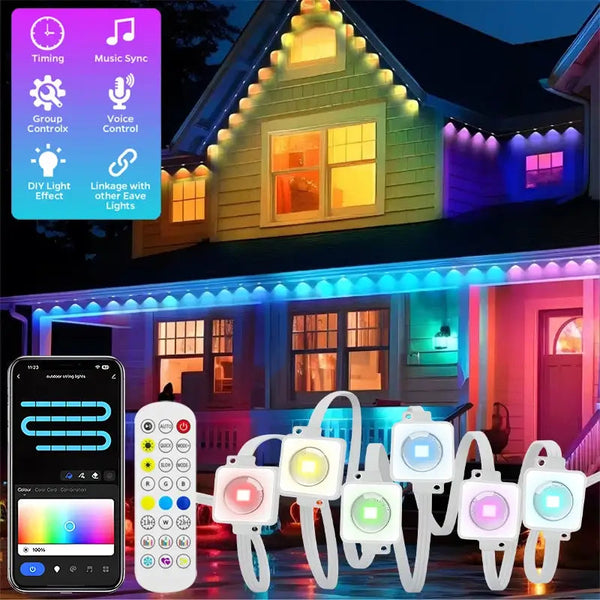


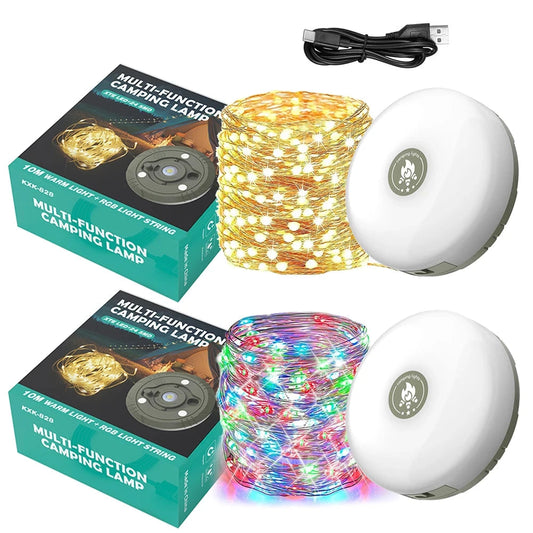

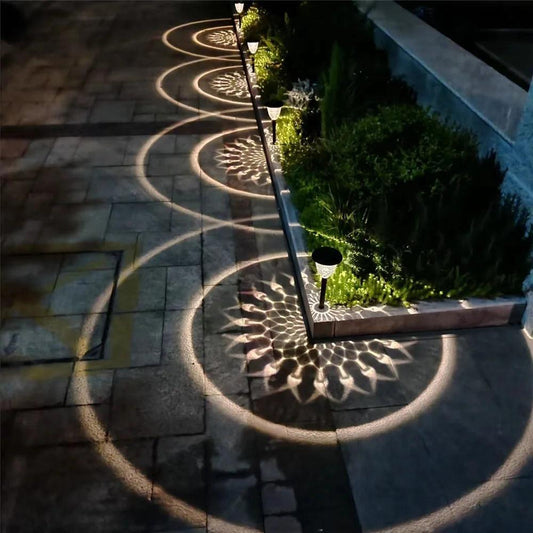

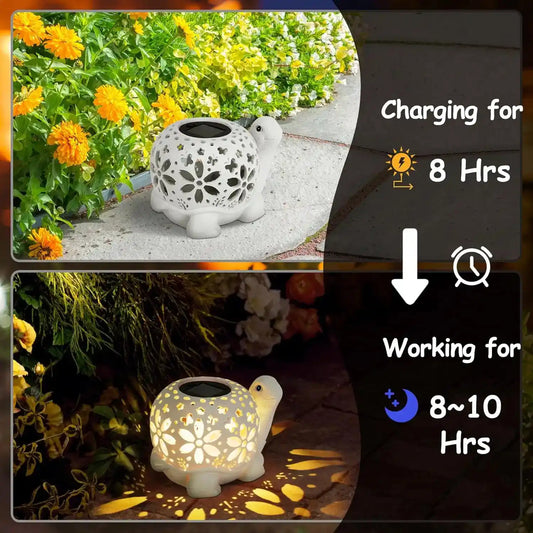

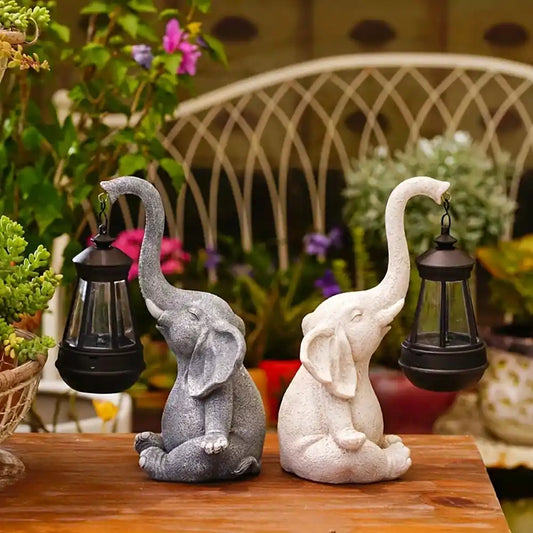

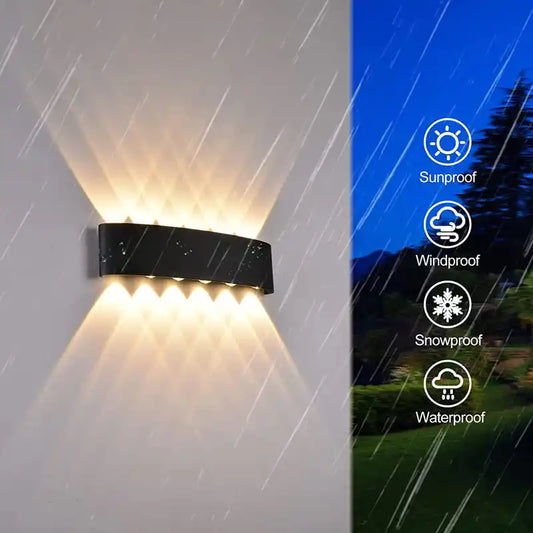

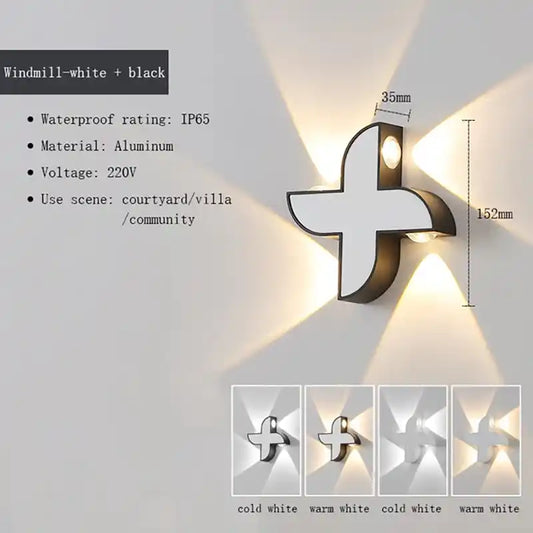

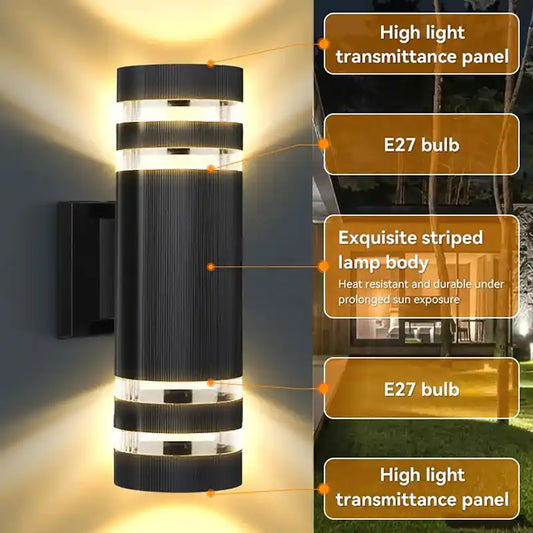

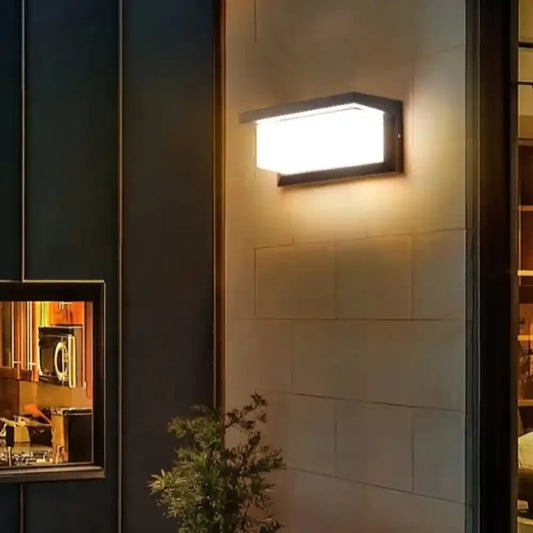

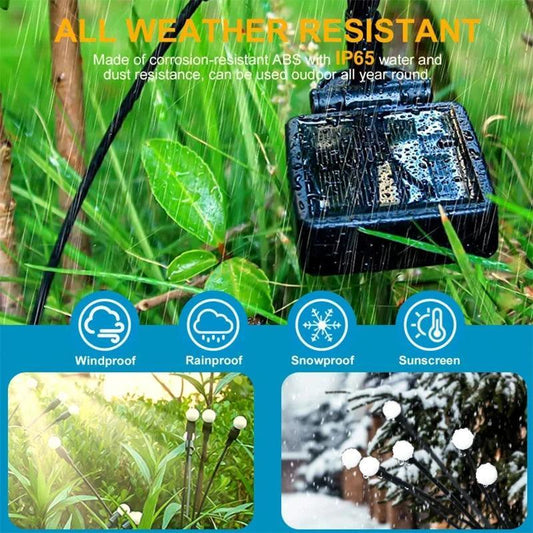

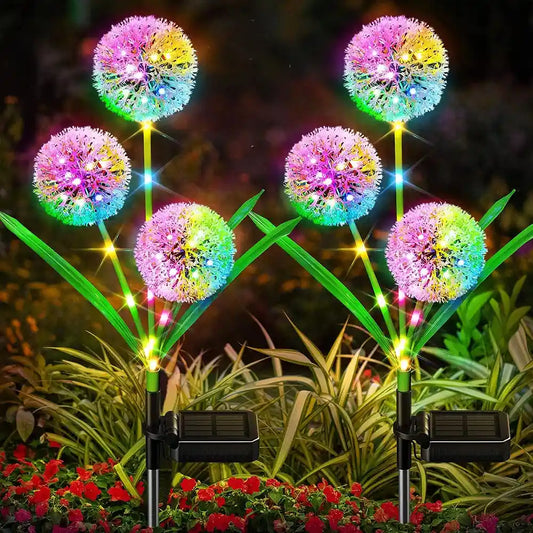



 />
/>
 />
/>
 />
/>
 />
/>
 />
/>
 />
/>